Numerical simulation of the ground vortex of the Trent700 engine in ground idle: As a reference for the safe maintenance of the engine
DOI: 10.23977/jemm.2025.100117 | Downloads: 17 | Views: 839
Author(s)
Chen Jun 1
Affiliation(s)
1 Nanjing University of Aeronautics and Astronautics, Nanjing, Jiangsu, China
Corresponding Author
Chen JunABSTRACT
The Airbus A330 with Trent 700 engines may form ground vortices during ground maintenance due to the small gap between the air inlet cowl and the ground, which affects engine performance. A three - dimensional model of the engine is established for numerical simulation. The computational domain, mesh, and boundary conditions are set, and the method is verified. Different wind speeds (1 - 9 m/s) and directions are calculated. Results show that under cross - wind, the ground vortex intensity first increases then decreases with wind speed, being stronger at 3 - 4 m/s and moving along the wind. At 4 m/s, the intensity peaks at about 210° wind direction, causing severe distortion at the inlet cowl outlet. This research is crucial for engine ground - test maintenance.
KEYWORDS
Ground vortex, Trent700 engine, Wind speed, Wind directon, Numerical simulationCITE THIS PAPER
Chen Jun, Numerical simulation of the ground vortex of the Trent700 engine in ground idle: As a reference for the safe maintenance of the engine. Journal of Engineering Mechanics and Machinery (2025) Vol. 10: 157-170. DOI: http://dx.doi.org/10.23977/jemm.2025.100117.
REFERENCES
[1] Qu Yuchi, Huo Jianwu. Analysis of Flight Accidents of Large Military and Civilian Aircraft [M]. Xi 'an: China Flight Test and Research Institute, 2009
[2] Klein H J .Vortex inhibitor for aircraft jet engines: US19570686510 [P].US2915262A.DOI:US2915262 A
[3] De Siervi F .Flow visualization study of the inlet vortex phenomenon[J].Massachusetts Institute of Technology, 1981.
[4] Ma Shenyi. Research on ground vortex [J]. Journal of Aeronautica, 1989, 10(5): 4. DOI: CNKI: SUN: HKXB.0.1989-05-013.
[5] Zhao Guangmin, Hu Zong 'an. Fan of the ground vortex generation, and eliminate the [J]. Journal of Beijing university of aeronautics and astronautics, 1986 (4) : 138-142. The DOI: CNKI: SUN: BJHK. 0.1986-04-015.
[6] Brix S , Neuwerth G , Jacob D .The inlet-vortex system of jet engines operating near the ground[C]//Applied Aerodynamics Conference. 2013. DOI: 10.2514/6.2000-3998.
[7] Luis Gustavo Trapp.Crosswind Effects on Engine Inlets: The Inlet Vortex[J].Journal of Aircraft, 2010, 47(2):577-590. DOI:10.2514/1.45743.
[8] Trapp L G, Girardi R D M .Characteristics of Inlet Trailing Vortex[J].American Institute of Aeronautics and Astronautics, 2020 (2). DOI: 10.2514/1. C035565.
[9] Andre F. Ribeiro. "Unsteady Analysis of Ground Vortex Ingestion with LBM-VLES," AIAA 2022-0224. AIAA SCITECH 2022 Forum. January 2022.
[10] Derek A. Nichols, Bojan Vukasinovic, Ari Glezer, Matthew C. DeFore and Bradley Rafferty. "Steady and Unsteady Control of Nacelle Inlet Flow in Crosswind," AIAA 2021-1556. AIAA Scitech 2021 Forum. January 2021
[11] Amarnatha Sarma Potturi, Oshin Peroomian and Paul Batten. "Computational Analysis of an Inlet Ground Vortex Test Case using CFD++," AIAA 2022-1252. AIAA SCITECH 2022 Forum. January 2022
[12] Luis Gustavo Trapp, Kelvin Cristofalo de Morais, Diego F. Abreu and Luiz Tobaldini Neto. "Comparison of CFD Ground Vortex Results with the 5th PAW Intake near the Ground Experiment," AIAA 2022-0223. AIAA SCITECH 2022 Forum. January 2022
[13] Jeyatharsan Selvanayagam, Cristhian Aliaga and John Stokes. "CFD Simulation of Ground Vortex Intake Test Case using ANSYS FLUENT," AIAA 2022-0222. AIAA SCITECH 2022 Forum. January 2022
[14] Zantopp. Jet engine ground vortex studies[D].Cranfield,UK: Cranfield University,2007.
[15] Murphy J P. Intake groud vortex aerodynamics [D]. Cranfield :Cranfield University,2008.
[16] Tong Binggang, Yin Xieyuan, Zhu Keqin. Vortex motion theory [M]. Hefei: University of Science and Technology of China Press, 2009.
| Downloads: | 10937 |
|---|---|
| Visits: | 410050 |
Sponsors, Associates, and Links
-
Cybernetics and Mechatronics

-
Digital Manufacturing and Process Management
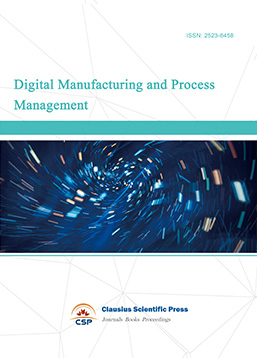
-
Ultra-Precision Machining Process
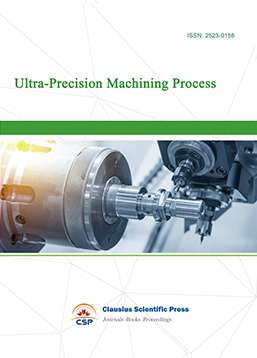
-
Journal of Robotics and Biomimetics
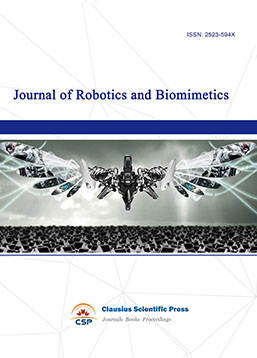
-
Prognostics, Diagnostics and Health Management
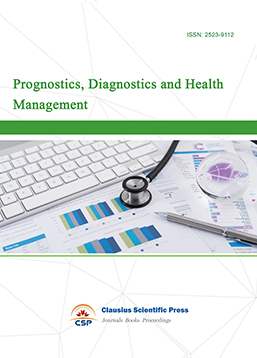
-
Micro-Electro-Mechanical Systems
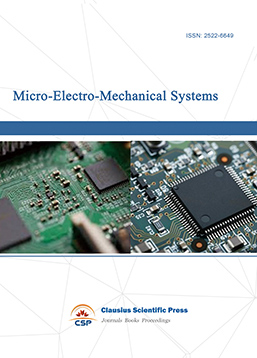
-
Journal of Precision Instrument and Machinery
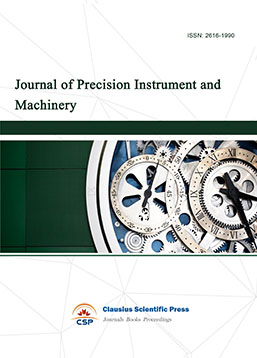
-
Engineering and Solid Mechanics
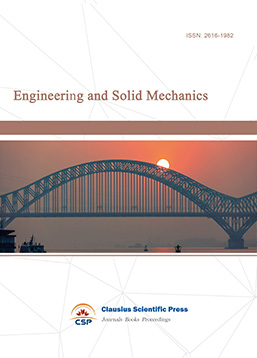
-
Fracture and Damage Mechanics
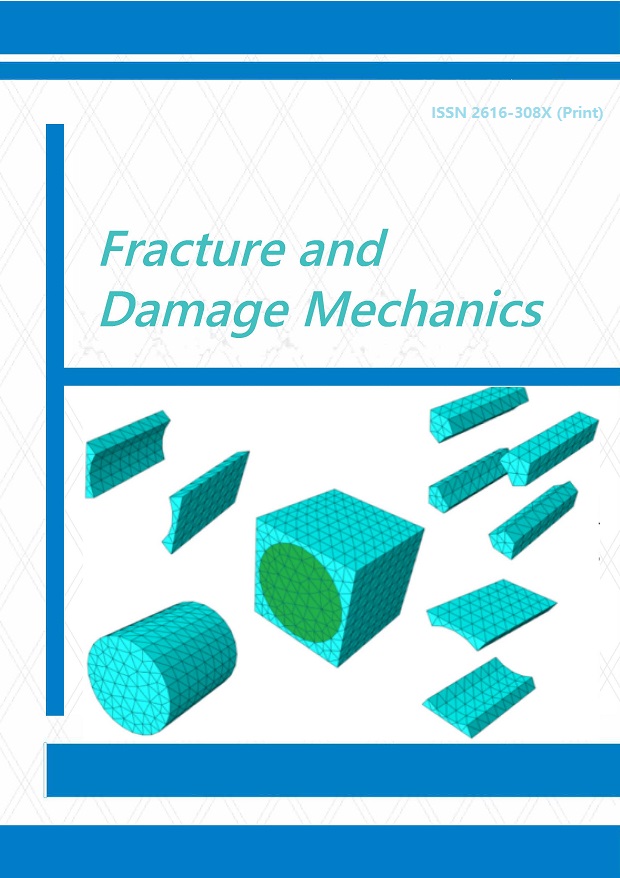
-
Frontiers in Tribology
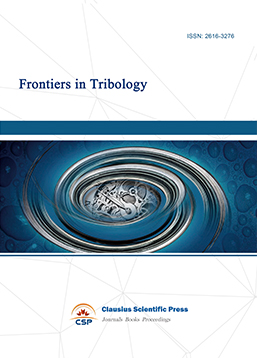
-
Fluid and Power Machinery
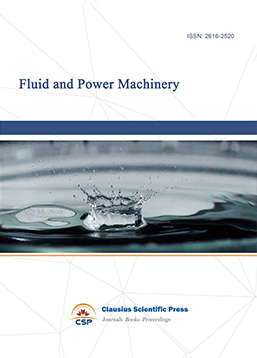
-
Chemical Process Equipment
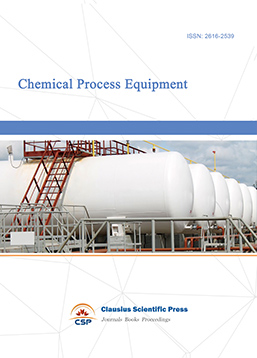
-
Journal of Assembly and Manufacturing
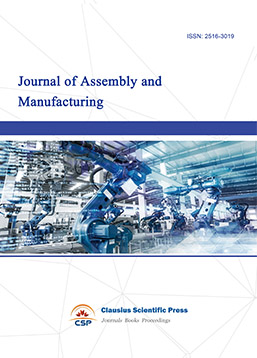
-
Mechanical Vibration and Noise
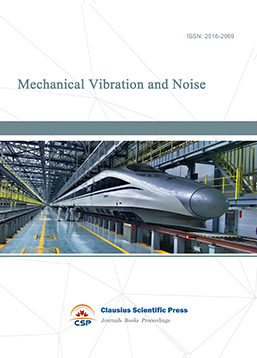

 Download as PDF
Download as PDF